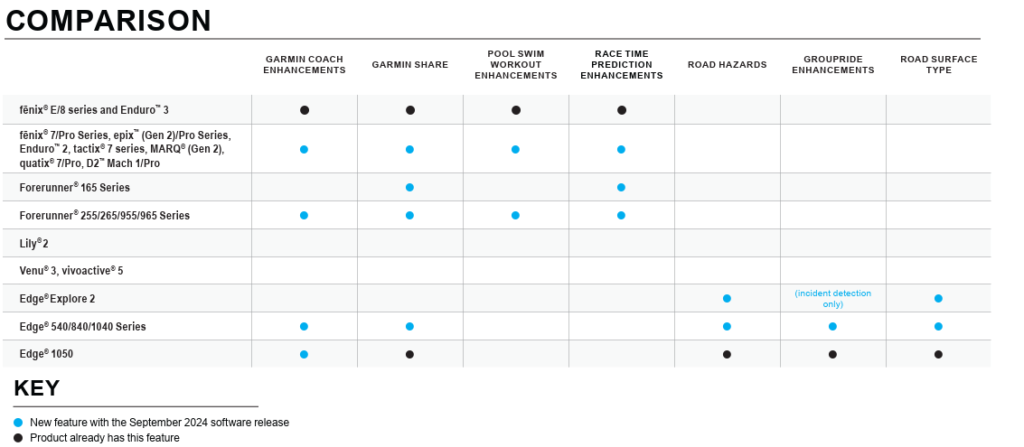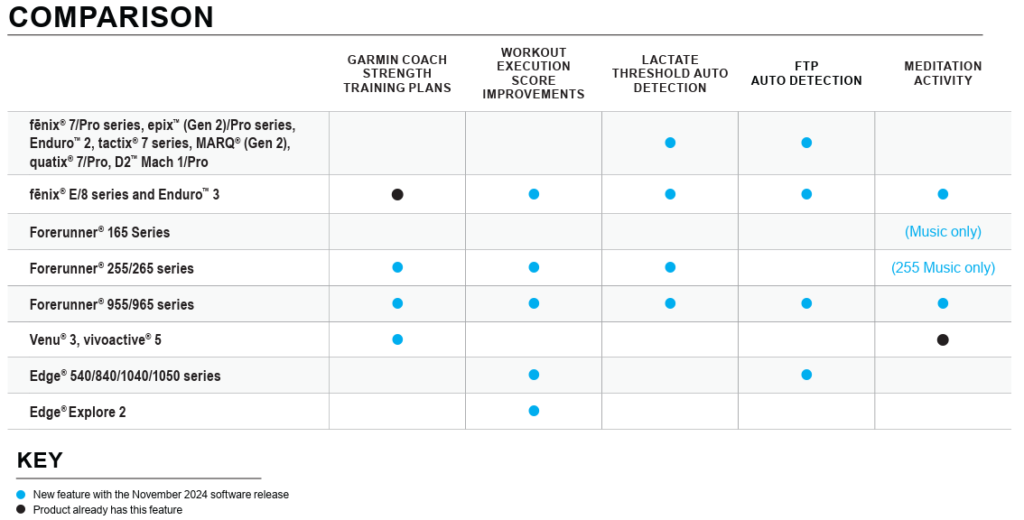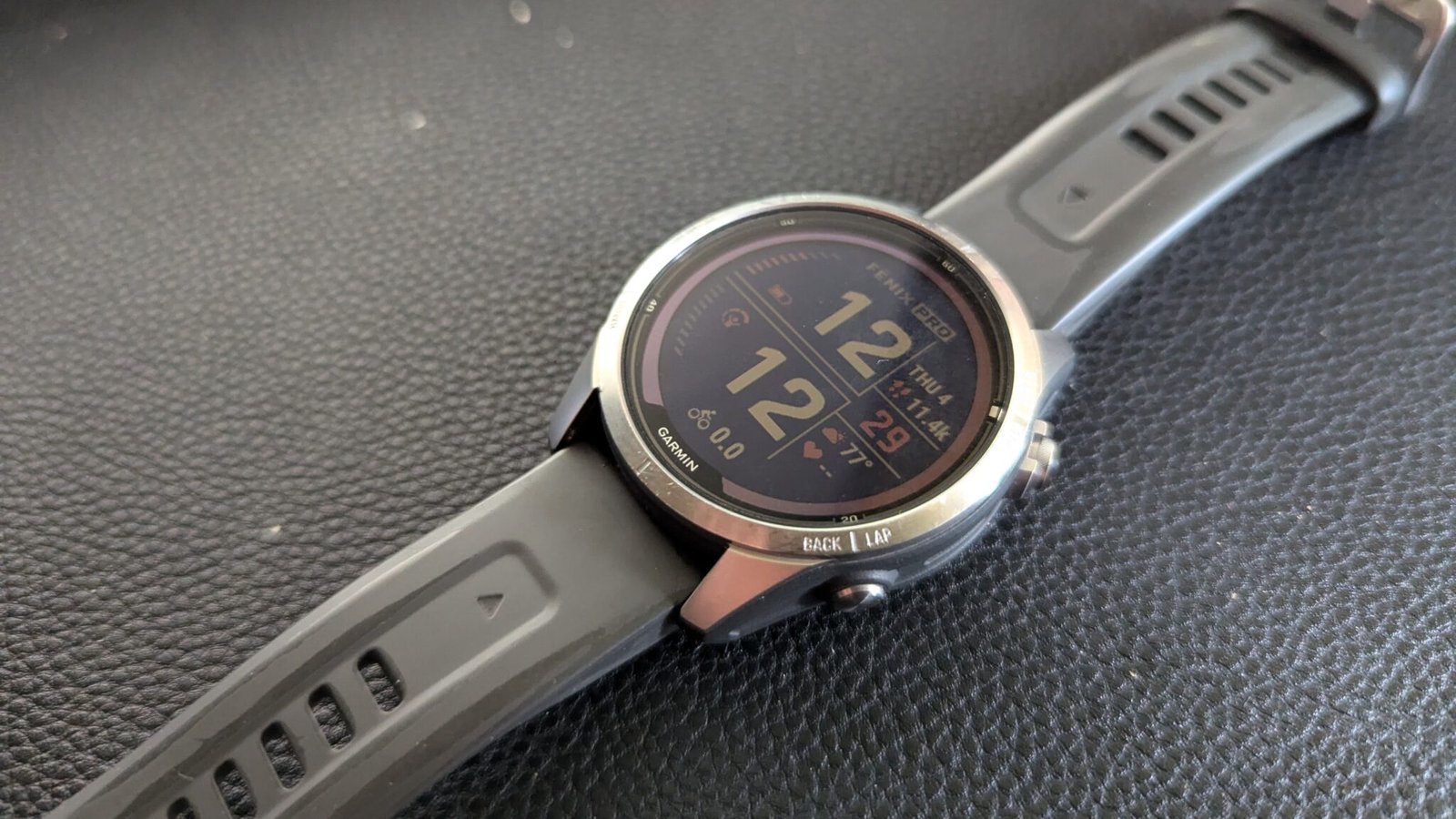Lately, the hullabaloo on r/Garmin has been focused on Garmin Connect+. People are up in arms about the new subscription plan and what it (possibly) portends for the future of Garmin’s products.
I’m subscribed to the free trial, I shared some initial thoughts here, and I’ll be back with a full review at the end of the month.
But before that, there was another uproar. Garmin has allegedly stopped shipping software updates for some of it’s new(ish) flagship watches – the epix (Gen 2) and the fenix 7 / fenix 7 Pro.
What does this actually mean – and should you be worried about it if you either a) own one of these watches or b) are thinking of buying one?
I often advise people to take a closer look at previous generation watches, like the Forerunner 255 over the 265 or the fenix 7 over the fenix 8. It’s much cheaper, and often you don’t sacrifice a lot in features. But is this a reason to second guess that advice?
The short answer is that a fenix 7 Pro is still a great watch, if you can get a deal on it. But this may be a reason to think twice about it, if price isn’t an object. Especially if you’re an early adopter who wants to have all the features – no matter how minor.
What Updates Are epix (Gen 2) and fenix 7 Users Missing Out On?
Every few months, Garmin rolls out major features to some of its watches. Often, these new features are developed for a new model that is released, and the features are later ported back to older watches that have compatible software and hardware.
For example, in early 2023 the Forerunner 265 and 965 were released. They included a new feature – wrist-based running dynamics. In June 2023, that new feature was ported to existing watches, including the FR 255, 945 LTE, and 955, along with the fenix 7, epix (Gen 2), Enduro 2, tactix 7, MARQ (Gen 2), and quatix 7.
The fact that that particular set of watches is grouped together should tell you something.

The last time they received all the major feature updates (including the fenix 7 Pro and Mach 1/Pro) was in September 2024. That release brought some features that were introduced on the fenix 8 and the Enduro 3: Garmin share as well as enhancements to Garmin coach, pool swim workout, and race time prediction.
Those same features were also all rolled out to the FR 255, 265, 955, and 965.
But when the next update was released in November 2024 the fenix group only got two new features – lactate threshold auto detection and FTP auto detection.

The Forerunners and the fenix 8 also got Garmin coach strength training plans and improvements to the workout execution score. These improvements were missing for the fenix 7 group.
You could read this as a sign that support for these product lines – in the form of new features – is being discontinued or pared back.
But Is That What’s Happening?
Then came the most recent March update.
At this point, the fenix 7 group did get improvements to workout execution score. They also got Body Battery True Up, which rolled out for a bunch of different product lines.

So one of the missing features from November ended up getting rolled out, and they were included in a new release that other watches got.
But the fenix 7 group didn’t get Passcode, which rolled out for most of the other devices, or the strength workouts for Garmin run and cycling coach.
When I first saw the complaints flying around reddit, I was under the assumption that there were no major feature updates coming to the fenix 7 Pro at all. I skimmed through some of the threads, and that seemed to be the gist of things.
The major thread that set off the firestorm specifically said – as a key takeaway – “Garmin moved the Fenix 7 pro to ‘maintenance mode’ just 18 months after release.”
But is that actually true?
Now that I’m taking a closer look at the releases, here’s what I see.
Some features are rolling out more quickly to the Forerunners, but the fenix 7 group is still picking up new features. And in at least one case – FTP auto detection – it got a feature that the Forerunner 255/265 did not get.
In a couple of months, we’ll see what happens when they roll out the next set of features. If there’s nothing on there for the Fenix 7 Pro, then I’ll believe Garmin has really given up on the watch. But I suspect it’s more likely that some of these newer features just get ported over more slowly.
Why Would It Take Longer?
And why would the Forerunners get some of the latest feature updates the quickest?
Here’s another thread from someone involved in the Garmin ecosystem as a watch face developer. Apparently (or allegedly), the different product lines have historically had distinct codebases and different teams working on them.
The newest watches – including the Fenix 8 and the Enduro 3 – are built on the same codebase as the Forerunners. The Forerunner firmware essentially emerged triumphant, and everything is merging onto that highway.
That would seem to offer a rational explanation for why features are getting released to the Forerunner along with the fenix 8 – and before they show up on the fenix 7 Pro. And it would suggest that these kinds of delays would continue, and at some point in the future the fenix 7 Pro and the epix (Gen 2) Pro will really get put out to pasture.
But it doesn’t necessarily mean that that is going to happen today.
There’s an old saying, “Never attribute to malice that which is adequately explained by stupidity.”
In this case, there are two alternative possibilties.
Either Garmin has made a conscious decision to completely abandon some recently released, high end products – harming or angering their customers in the process. Or they’re just slow to roll out some new features because of problems in the development process.
Personally, I’m inclined to believe the latter.
Time will tell who’s right, but I think it’s premature to freak out about the future of the Garmin Fenix 7 Pro and other watches from that generation.
So Should You Be Worried About Buying an Old Watch?
The great thing about Garmin releasing new watches is that the previous generation eventually becomes much cheaper and more affordable.
In the early days, there were major enhancements from one generation to the next. But at this point, Garmin’s product line is pretty mature. And there aren’t huge differences from one watch to the next.
Take, for example, the Forerunner 255 and the 265. Other than the screen, they’re almost identical in hardware and features. But the Forerunner 255 is a steal – around $250 these days – compared to the fresher 265.
Likewise, you can get much cheaper versions of the fenix 7 or fenix 7 Pro compared to the fenix 8. You’re sacrificing one major hardware improvement (the microphone), but otherwise there’s not much to differentiate the fenix 8 (unless you’re a scuba diver).
If you believe the hype, you can add the chance that you won’t get any major feature updates in the coming years. And, truthfully, you should never buy a previous generation watch assuming you’ll get the latest features rolled out. At some point, it will be cut off.
But none of these features are life changing, and I suspect the important ones will still get ported over to the fenix 7 – even if it takes a little bit longer.
Personally, I’m still quite happy with my fenix 7S Pro Solar. I have no regrets, I’m glad I got it on sale, and there’s no way I’d rather pay $1,000+ for a fenix 8 just to guarantee I get the latest features. Frankly, I hardly ever notice when new features are rolled out.
If you’re on the fence, check out this comparison of the fenix 7X Pro, the Enduro 3, and the fenix 8X. But if budget is a concern, I wouldn’t shy away from the older watch merely out of FOMO.

Interesting article, addressing the fear of Fenix 7 series not getting supported anymore. So, if I read correctly, Fenix 7 will continue to get updates? It’s latest update I think it was in September or October this year.